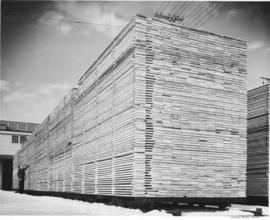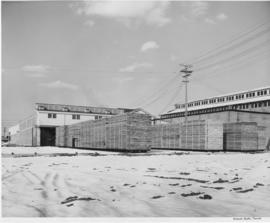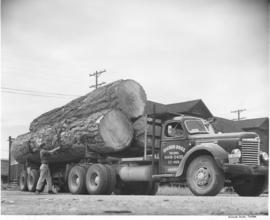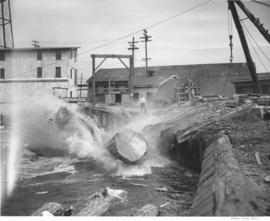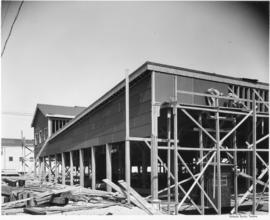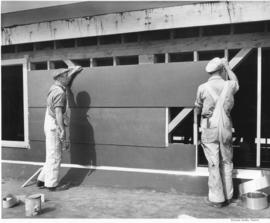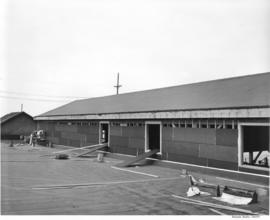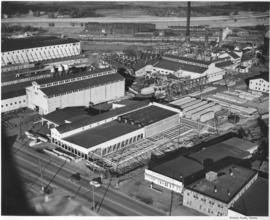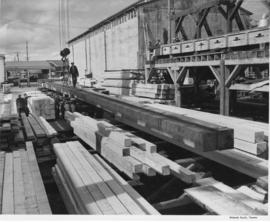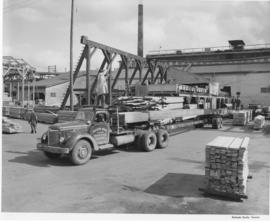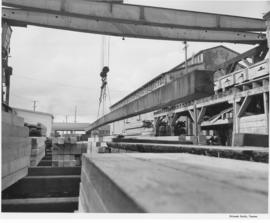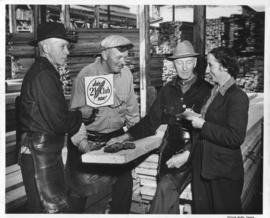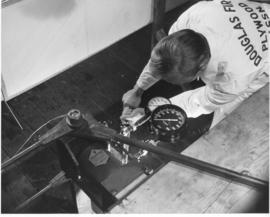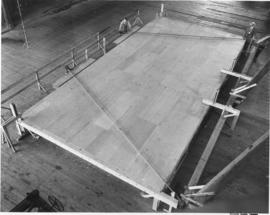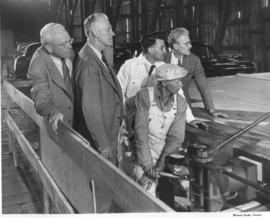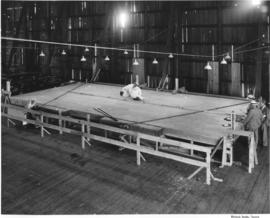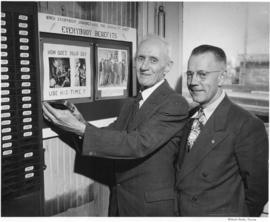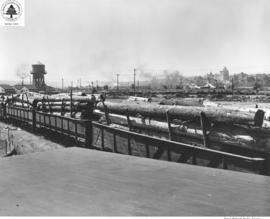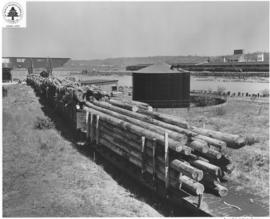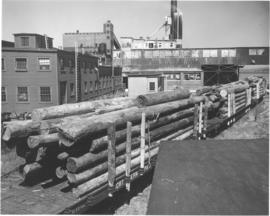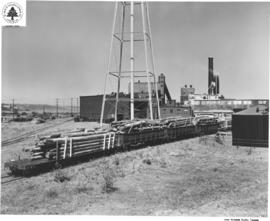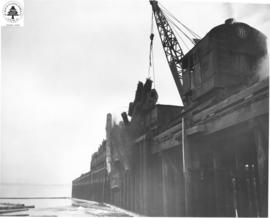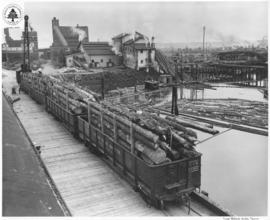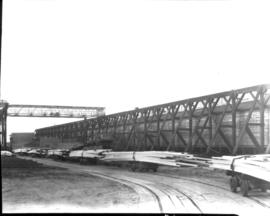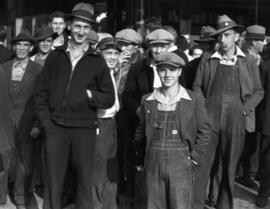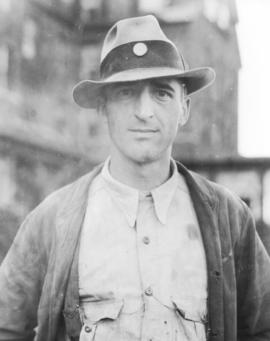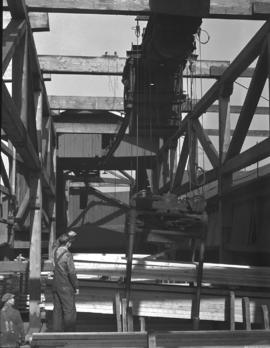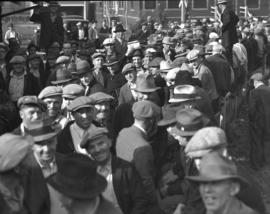In October of 1950 organized labor encouraged all its members to do their part in supporting the Community Chest during its annual fund drive. Maxine Knauf signed up C.I.O. members, (l to r) Pat Ward, George McCann and Andrew Monset, at the St. Paul and Tacoma Lumber Company mill for membership in the "21 Club." To obtain membership, each participant promised to donate at least 25 cents to each of the 21 Red Feather agencies, for a minimum total subscription of $5.25. A club emblem was given to each member who reached his goal. Money donated to the Community Chest was disbursed to agencies such as the Boy Scouts, the Boys Club, the Tacoma Day Nursery and the Y.M.C.A., among others. (TNT 10-8-50, A-15, TNT 10-1-50, p. 1)
Tacoma Community Chest (Tacoma); Membership campaigns--Tacoma--1950-1960; St. Paul & Tacoma Lumber Co. (Tacoma); Knauf, Maxine; Ward, Pat; McCann, George; Monset, Andrew;
